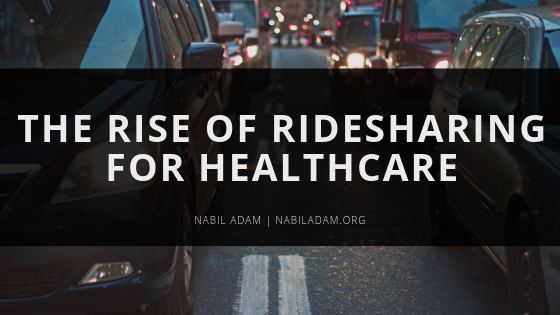Ridesharing has completely changed the transportation industry. Taxis and buses used to be the primary means of transportation for traveling around the city for those who didn’t or couldn’t operate a vehicle. Now ridesharing companies offer another option: an inexpensive ride with another driver through the use of an app.
Ridesharing has made its way into the healthcare industry as well, providing a way for patients to get to the hospital and doctor appointments. Many of these companies contract with hospitals and offer discounts to help patients get the treatment they need. The recent surge in healthcare ridesharing is making headlines and attracting new customers.
Healthcare Ridesharing Aims to Help Low-income Patients
The healthcare industry has faced a problem for many years: too many patients couldn’t afford to drive to the doctor. A study by the National Academies of Sciences, Engineering, and Medicine estimates that 3.6 million people miss appointments each year, and this number is expected to rise.
Missed appointments result in poorer health and higher healthcare costs in the long run. Additionally, those who need to get to the doctor or hospital but don’t have the means to do so often use ambulatory services for non-emergencies. This practice potentially ties up ambulances when a true emergency arises.
Healthcare ridesharing aims to solve this problem. Several companies, such as Callahan, contract with health insurance providers to offer discounted or free rates to those traveling to the doctor for non-emergency appointments. The goal is to reduce the number of missed appointments, particularly in low-income and rural areas, and to decrease the use of ambulatory services.
Does It Work?
Though ridesharing for healthcare is popular, there isn’t too much evidence that it’s helping patients keep their appointments. A recent study published in the Journal of the American Medical Association Internal Medicine indicated that 36.5 percent of patients in the study missed appointments when on a medical rideshare plan compared to 36.7 without the offered service.
Experts believe that this could be because many ridesharing companies don’t have accommodations for disabled and handicapped riders. Many vehicles aren’t equipped to be able to load wheelchairs, and some riders need assistance getting into and out of the vehicle.
The same study did find that patients who used ridesharing services were more satisfied than those who used public transportation and that ambulatory service use has been reduced. More research and solutions are necessary in order to completely solve the healthcare transportation problem, but for now, ridesharing is offering one solution to the issue.

